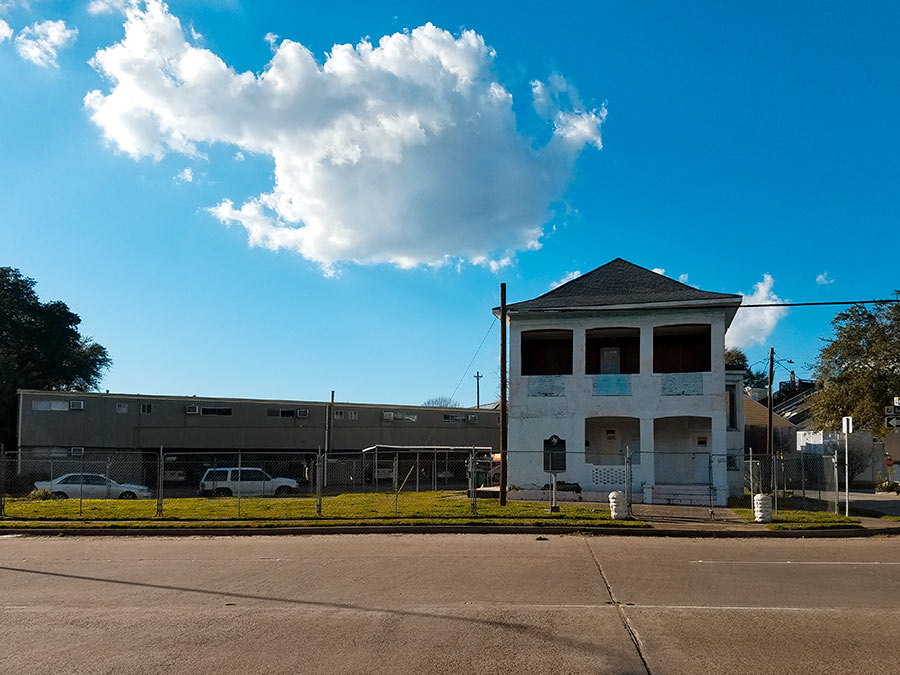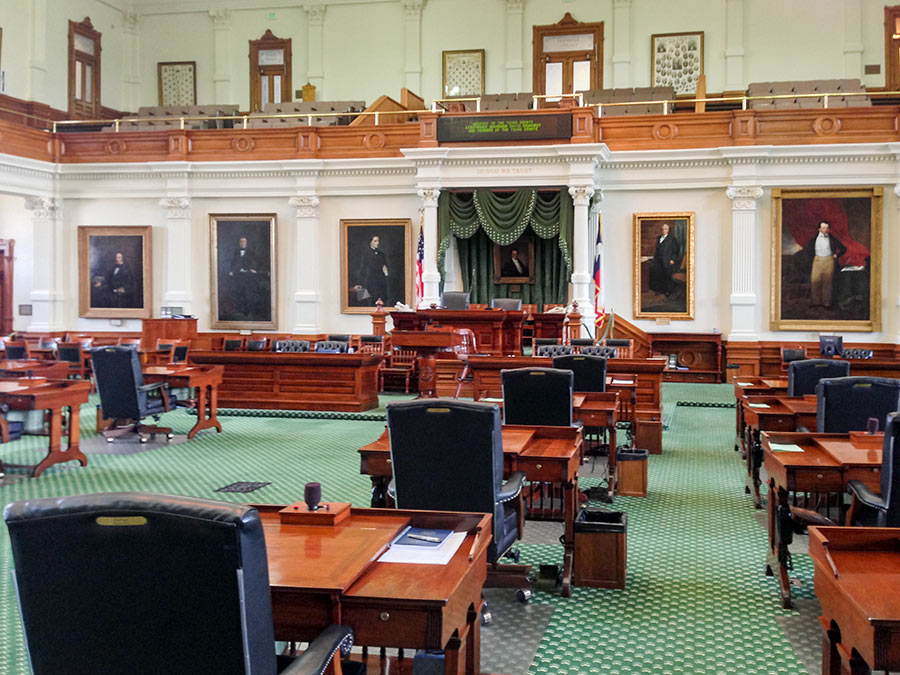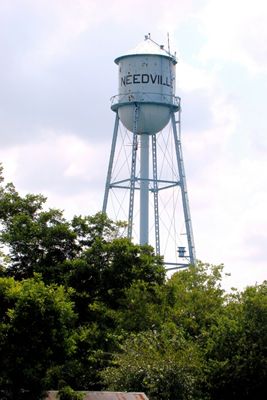UNTIL WE FORGET THE ALAMO WASN’T ALWAYS JUST A TEX-MEX CHAIN  “Once you start erasing history, who knows where it ends?” writes Cort McMurray in today’s Chronicle, scripting out a taste of potential dystopian franchise future for Houston and Texas’s most prominent landmarks should that bill that would gut preservation rules across the state make it through the legislature this session. The problem with the bill, he argues, is that it “makes forgetting easy” — and “in a place with no patience for memories, no place is sacred.” Before launching into a scene depicting how the Alamo might come to be repurposed into imaginary family-friendly megachain Casey Dilla’s, McMurray writes that “using a broad, vaguely worded standard — just what does ‘widely known’ mean? — to address the question of what’s historically significant to a community is a little like rewriting Hamlet entirely in emojis: a lot of really important stuff is going to be lost. And we will be left with a state that’s little more than the affable hell of FM 518 at Highway 288, traffic and pavement and an endless supply of family-friendly chain restaurants, serving an awful pastiche of Tex-Mex.” [Houston Chronicle; previously on Swamplot] Mural commemorating Peacock Records, the former home of which was demolished last month: Spectrum Audio
“Once you start erasing history, who knows where it ends?” writes Cort McMurray in today’s Chronicle, scripting out a taste of potential dystopian franchise future for Houston and Texas’s most prominent landmarks should that bill that would gut preservation rules across the state make it through the legislature this session. The problem with the bill, he argues, is that it “makes forgetting easy” — and “in a place with no patience for memories, no place is sacred.” Before launching into a scene depicting how the Alamo might come to be repurposed into imaginary family-friendly megachain Casey Dilla’s, McMurray writes that “using a broad, vaguely worded standard — just what does ‘widely known’ mean? — to address the question of what’s historically significant to a community is a little like rewriting Hamlet entirely in emojis: a lot of really important stuff is going to be lost. And we will be left with a state that’s little more than the affable hell of FM 518 at Highway 288, traffic and pavement and an endless supply of family-friendly chain restaurants, serving an awful pastiche of Tex-Mex.” [Houston Chronicle; previously on Swamplot] Mural commemorating Peacock Records, the former home of which was demolished last month: Spectrum Audio





Oh, this poor fool. He chose such a terrible, terrible example from literature. Shakespeare would appreciate the irony, but it is at McMurray’s expense.
.
Go ahead, anybody so inclined can re-write ‘Hamlet’ in emojis if they like. It will be just one more edition on the market, among hundreds of other translations and derivative works. It is notable that of the three surviving early texts of ‘Hamlet’, none is identical or considered truly authentic; rather than modern editions often borrow from each of them. If you doggedly stick with only one of them, particularly the earliest, then you end up changing lines such as “To be or not to be, that is the question”, to “To be or not to be, aye there’s the point”.
.
Let’s use this terrible analogy, though, to explore several appropriate ways to demonstrate respect for history. 1) Entropy is a bitch, so document the present. That goes for both physical manifestations and abstract ones. If you have important objects or thoughts that you want remembered, write them down, back them up, and make sure that somebody who will care enough to be their curator is a recipient. Remember also the ‘Ship of Theseus’; when you start repairing things, they may become something other than what they were. 2) Imitation is the sincerest form of flattery. There is no shame in derivative work. If you can adapt the edition of ‘Hamlet’ of your choosing to one written with emojis…more power to you. Just please, do it thoughtfully…unlike Mr. McMurray’s approach to writing op-eds. 3) Don’t live in your own little bubble. If you care about the past, actively involve yourself in the process of learning about it. Try to think about things the way that other people would have at the time, rather than through your own contemporary prism. Read. Think. Discuss. The Globe Theater need not exist in order to have it be appreciated for what it was and what happened there.
.
A final observation. This op-ed seems to make the point that Texas’ culture is…wrong. Broken somehow, values misplaced. If this is the typical nature of the people, and that nature is yielding a legacy in terms of urban form, then is that not itself authentic and historical? Is it respectful of a people’s culture and it’s legacy to force some other perspective upon them to make them change? I think not. We should not honor this particular discontent because they are discontented; the discontent should make a well-researched logically thought-out case for when and where historical protections should exist and why that is in the interests of the broader culture as a whole. Just as the past demands our respect, so does our present.
Houston is a city of practical and economical people. Emotion does not drive the focus of our communities like San Francisco or New Orleans. If it is economical to refurbish an old establishment for modern luxury, Houston will do it. If neighborhoods neglect their historic landmarks for 20-30 years and have the institutions fall into dis-repair, they will cost the tax payers in a time where our budget is upside down.
Oh and one other thing that keeps occurring to me, but that I usually left unsaid:
.
This business of remembering only the superficialities of one’s history but not the stories and perspectives that gave rise to that history when it was new…this is *dangerous*. The glorification of the past, of building figures up as a caricature of themselves, as symbols for something, and of cultures as having been “great” (which implies the existence of others which are “lesser”); all of these are the ingredients for intractable group-based conflicts, whether domestic or foreign.
.
The physical edifice or character of a structure (or a neighborhood) is not historic unless one understands the people who financed and built and used it. We must strive to understand people, not simply things.
This bill is so bad in so many ways, I’ve honestly been lost as to what angle to hit it from in conversation or writing. McMurray does a pretty fair job.
.
The Alamo scenario is a little hokey though, and misses the point because the Alamo is one of the only buildings in downtown San Antonio that could be preserved under the new law. It’s all the other historic buildings – the buildings that really give San Antonio its texture and magical feel – that would be lost. You walk around downtown San Antonio and you see brick, stone, cast iron. An Alamo in a sea of glass and stucco just isn’t the same.
.
A long time ago, a handful of places including San Antonio, Galveston, Fort Worth, Nacogdoches, and Fredericksburg figured out that if you save the old buildings, you make your city a place that people want to visit. They were right, and they’ve been counting the tourist dollars ever since. It’s such an elementary proposition, to let cities figure out what works for them. Who could have a problem with that?
Mindless hyperbole much?
@ Mike: The bill is bad, but what makes it bad is language which can cut both ways. If all it takes is for some *special* person to have lived there or done something, that can be construed to mean almost anything and almost anywhere that’s old enough. Or perhaps nobody and nothing is special enough. If left to the discretion of cities, then a bill meant to simplify regulations is going to have the very opposite effect. Also, individual structures provide far less historical insight and character than historical districts. The whole is so much greater than the sum of the parts. Cities recognize that and craft a lot of weird rules that are hard to parse out which really ought to be a target of the legislation, but the bill does not address that at all as far as I can tell — and it really ought to. That would be in keeping with it’s spirit. But it doesn’t. And that’s how you know that it’s backers aren’t being intellectually serious about it.